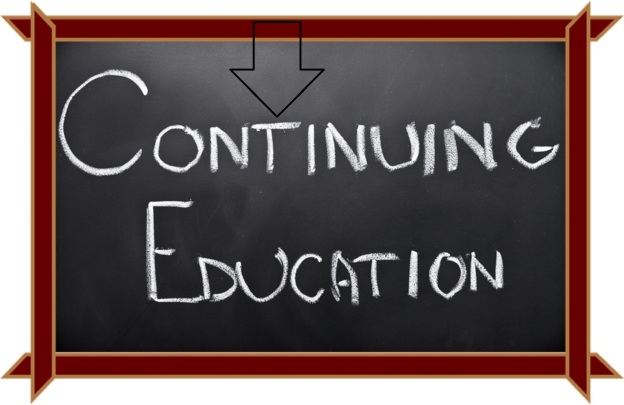The purpose of the work is to determine the innovations in education that guarantee academic success. Here are the 10 emerging trends in education.
- Empowering students: The fact nurture talent at an early age will be a new challenge for the teachers of the future. Students are increasingly stimulated and increasingly aware of their abilities. That is why it will be essential to accompany them to find their vocation. Unlike the search for a stable job and for life, the future young people will be in charge of performing professionally from their passions. Customization will also be a trend, as students will seek to have their education 100% focused on their tastes, Help and interests;
- Happy and Healthy: Hand in hand with the previous trend, the pursuit of happiness of students is becoming increasingly common in institutions and ensuring academic success. Some schools & colleges are already implementing methods to reduce stress as mindfulness based therapies in Buddhism and meditation. In the future the pursuit of physical and mental well-being will be the key to effective learning;
- Continuous learning: There is no longer a single moment to learn, but the teaching will be continuous and developed from an early age. Educational systems will be more personalized and flexible. The acquisition of knowledge will take place continuously, without the need to divide by age. Some schools are already implementing the Open Course ware, i.e., the publication of educational materials openly, to facilitate access of new knowledge to students;
- Entrepreneurship: Students will be increasingly motivated to carry out their own projects and focus on an idea to make the most of their abilities. Supporting the start-up will be a duty of the teachers, who will be able to accompany their students throughout the process of creation and implementation of their projects. Universities will have resources for their students to develop their business ideas;
- Techno-Creative: Access to technology in conjunction with its progress, students will in the future have the need to learn and HTML programming code. In turn, individual creativity will become more frequent generating techno-creative students, since the technology will be incorporated into their projects;
- B-Tech: Classrooms will have greater access to be connected, which provide teachers problem solving and learning. The use of big data or other tools are needed for the use of technology. The personalized contents will be required by the students, who will be able to integrate them in their devices;
- Dynamics of game: The new trend in HR to use dynamic activities in non-recreational environments will be transferred to education, where it will become increasingly necessary to promote knowledge through games. With these activities positive results are achieved thanks to the motivation and the commitment they generate. Interactive applications or games will be a permanent resource for teaching;
- Caring: Social Responsibility will also be taken to education. The new generation Z will know in advance the importance of caring for the environment and the responsibility it entails. In turn, schools will also have to show social and solidarity initiatives to support important causes. In addition to fostering a peer-to-peer brotherhood, it will teach them the implementation of motivating and satisfying actions;
- Patronage popular: collaboration will be a key pillar in the life of Generation Z. Its view of life is determined by the ability to collaborate and implementation of the popular patronage. There are now hundreds of online platforms where project growth is based on collaboration. The evaluation of the people will also be done together, forgetting the individual evaluations;
- Agora: All trends are reduced in the last, agora, as students will have new learning experiences increasingly participatory and specialized. The teachers will no longer be the owners of the truth, but the classes will be the other way around. The interaction between students and teachers will be more fluid, where problem solving will be more real and practical.

Pingback: Continuous Trends in Education | speedyessayuk
Reblogged this on speedyessayuk.
LikeLike